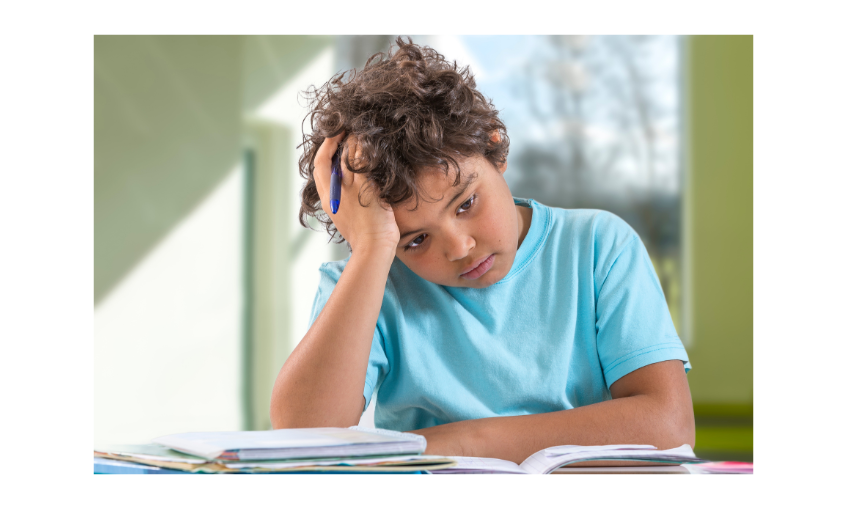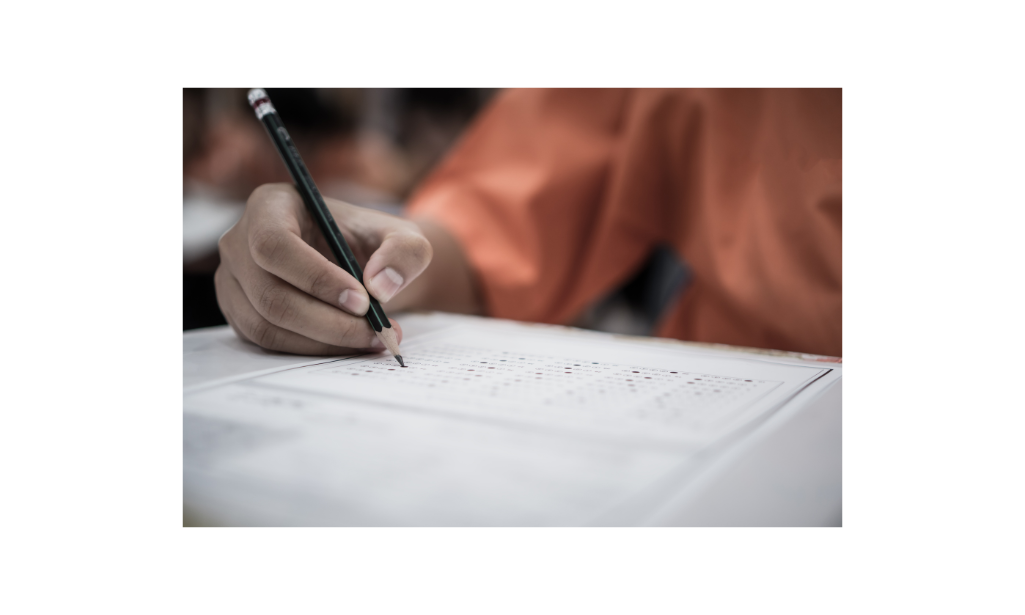We all knew how devastating COVID-19 was to education around the world. But we’re just now getting our first real glimpse into exactly how devastating the pandemic was, and continues to be, on the academic progress of students…especially those in public schools. The recently released National Assessment of Educational Progress (NAEP) scores, from tests administered to nationally representative samples of fourth- and eighth-graders between January and March 2022, offer stunning insight on the actual impact COVID-19 had on education in America. These post-pandemic test scores are the first comprehensive, nationwide account of student performance since the onset of the pandemic. And the results aren’t pretty.
About NAEP
For those skeptical about the test results, consider that NAEP is regarded as the gold standard, “the nation’s report card”. The test is quite effective at comparing student achievement from decade to decade. This most recent test sample consisted of around 15,000 9-year-olds from more than 400 schools across the country. Two-thirds of those students were fourth graders. As mentioned earlier, a representative sample of eighth-graders was also tested. Some results and insights from the tests:
- Math and reading scores for 9-year-olds across the United States dropped dramatically between 2020 and 2022. This resulted in performance in these subjects dropping to the levels of 20 years ago.
- Compared to 2022, average scores for age 9 students in 2022 declined five points in reading. They dropped seven points in mathematics.
- In 2022, reading and mathematics scores for students at five selected percentile levels declined compared to 2020. In both subjects, scores for lower-performing age 9 students declined more than scores for higher-performing students compared to 2020.
- Based on these new test scores, 9-year-olds in 2022 are now performing at the same level in math as 9-year-olds did in 1999. Reading levels are the same as in 2004.
- Eighth-graders’ math proficiency scores dropped by seven percentage points compared with 2019; reading proficiency fell by two points.
- Math scores were the worst among eighth graders. 38% earned scores considered “below basic,” which is worse than in 2019, when 31% of eighth graders scored below that level.

Put simply, 20 years of academic progress were essentially wiped away by the pandemic. Every area in the country saw test scores slide, and every state recorded declining scores in at least one subject.
Historic Setbacks
Without proper context, it’s difficult to know exactly what these post-pandemic test scores mean. After all, is a five-point drop in reading that big of a deal? Actually, it is. The 2022 test results mark the largest average score decline in reading since 1990 and the first-ever decline in math. Meaning, every year since the test’s inception, math scores had either remained the same or increased. Until this year.
“I was taken aback by the scope and the magnitude of the decline,” commented Peggy Carr, head of the National Center for Education Statistics, administrator of the NAEP test. “The big takeaway is that there really are no increases in achievement in either of the subjects for any student group in this assessment.” Experts in the field had an inkling that post-pandemic test scores would decline, but it appears that even they didn’t grasp the magnitude of learning loss and achievement gaps coming out of the pandemic.
“It is a serious wakeup call for us all,” Ms. Carr continued. “In NAEP, when we experience a 1- or 2-point decline, we’re talking about it as a significant impact on a student’s achievement. In math, we experienced an 8-point decline – historic for this assessment.”
Widening Racial and Socioeconomic Inequities
Another issue that COVID-19 made clear is the growing disparity and inequity in education between higher-income and lower-income students. It’s no secret that the hardest-hit students were those classified as low-income, many of which were also considered low-performing. Specifically, the performance of Black and Hispanic students suffered greatly during the periods of remote learning caused by school shutdowns. In math and reading, scores fell dramatically among the lowest-performing students, which only widened the gap between struggling students and their peers.
One reason is that many of these students didn’t have readily available access to high-speed internet, laptops, tablets, and other technology that enabled remote learning. Their more affluent peers had easier access to these luxuries, widening the already-significant achievement gap between low-income and higher-income students.

Looking back at the NAEP results, among the students who took part in school remotely during the 2020-2021 school year, the high performers had more frequent access to a computer, a quiet workspace, and extra assistance from their teachers, according to NAEP. So it’s no surprise that, among fourth-graders, lower-performing students (namely Black and Hispanic students) saw larger decreases than white students.
The Pandemic’s Impact on Those Already Homeschooling
Well, there wasn’t much of an impact at all on students who were already homeschooling before the pandemic hit. The reason is simple. Homeschoolers and those who learn remotely/virtually were accustomed to that form of education. They were using programs and academies that already mastered the art of online learning or home instruction. Public and private schools, on the other hand…we know how that went.
As we explained in this space back in March 2021, “homeschooling did not skip a beat during the pandemic. Aside from everything else outside of school, it was business as usual as far as learning was concerned. There were no disruptions, school closures, worries about the virus getting passed around in school, no masks or social distancing. Of course there are other types of distractions at home. Like dogs begging to play, parents on work calls, annoying siblings, and of course the siren song of iPads, phones, and video games beckoning. But kids who had been working in a virtual learning environment already learned to put those distractions aside and were as dialed into their schoolwork as they had been pre-COVID.”
And therein lies the difference. Public and private school students were:
- Essentially locked out of school during initial shutdowns, leaving them with limited means (if any) of education
- Were hastily thrown into a very patchwork form of virtual learning in the early stages of COVID, during which teachers and students alike struggled mightily to adapt to this new form of learning
- Forced to miss out on important coursework and lessons while all this was happening, causing them to fall behind immediately
- Never really afforded the opportunity for high-quality learning through a remote environment, or at least the level of education they would have received in the actual classroom
Homeschooled students:
- Kept thriving, never missed a beat, didn’t fall behind, and never had to endure the learning loss – and all its associated consequences – that public and private school students did
Homeschooling Is Always an Option
On the bright side, public and private schools students in some parts of the country have begun making up lost ground with the help of federal COVID relief funding to pay for programs such as accelerated learning, high-dosage tutoring, and summer learning, which are designed to help those students quickly close learning gaps. But even with those gains, the majority of students are still testing well below pre-COVID levels. And, as noted earlier, the achievement gaps between higher-income and lower-income students has grown increasingly wider.
Homeschooling is certainly a beneficial option for many, especially those looking to catch up at their own pace. Bridgeway Academy offers the best of online learning, virtual classrooms, and more traditional textbook-based education. With our Self-Paced Online Classes for middle school and high school, students take part in engaging lessons through individual online learning paths. We offer more than 200 courses, which allows kids to personalize their learning and tailor their education to their strengths.
In our popular Live Online Classes, our amazing and experienced instructors teach a weekly course in a live, virtual classroom where middle and high school students can interact with both teachers and classmates. In our Total Care Blended program (grades 1 through 6), students enjoy fun lessons online while partaking in offline activities, experiments, and projects as well as textbook learning to complement the online component. It’s the best of both worlds. And our Total Care Textbook programs (grades 1-12) offer hands-on learning opportunities with books and printed materials.
For more information on any of Bridgeway’s programs, speak with a homeschooling expert by calling (800) 863-1474.
What was your child’s pandemic learning experience like? Share with us in the comments below.







